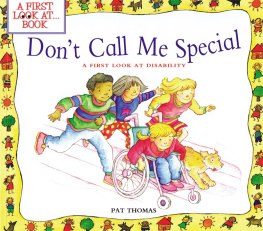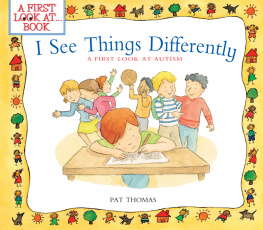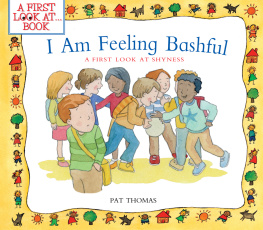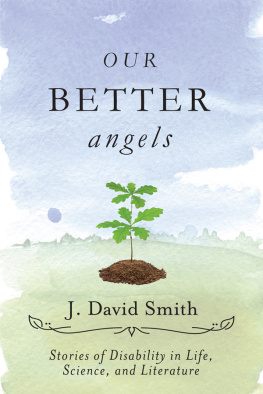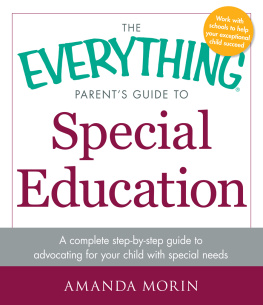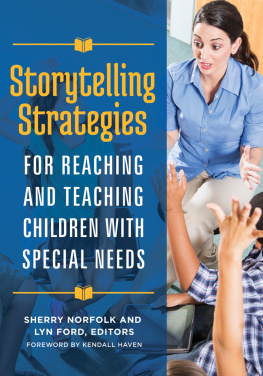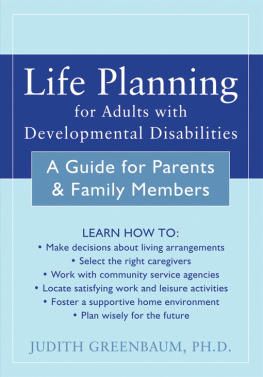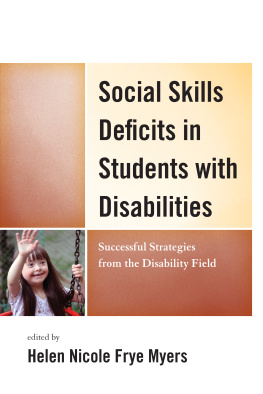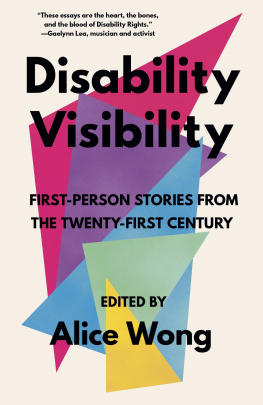

First edition for the United States and Canada copyright 2002 by Barrons Educational Series, Inc.
First edition for Great Britain published 2001 by Hodder Wayland, an imprint of Hodder Childrens Books
Text Pat Thomas 2000
Illustrations Lesley Harker 2000
All rights reserved. No part of this book may be reproduced in any form, by photostat, microfilm, xerography, or any other means, or incorporated into any information retrieval system, electronic or mechanical, without the written permission of the copyright owner.
All inquiries should be addressed to:
Barrons Educational Series, Inc.
250 Wireless Boulevard
Hauppauge, NY 11788
http://www.barronseduc.com
Library of Congress Catalog Card No. 2001093216
ISBN-13: 978-0-7641-2118-0
eISBN: 978-1-4380-8391-9
First e-Book Publication: August 2012

Some children find it really hard to join in with sports and games in the playground.
How can you tell which ones?

You probably picked out the girl in the wheelchair. Lots of people would guess that because she has a disability she wouldnt be interested in sports.

Actually its this boy.

He hates sports because he cant run as fast as his friends and he always gets pushed around.

Sometimes when we see people who are different from us we assume things about them that are not always true.

When you assume, you are just making a guess. Assuming things about people can hurt their feelings and make them feel very left out.

Everybody in the world is unique. That means that each one of us is a little different from everyone else.

We each have things that we can do easily and things that we find hard and need help with.


If you need glasses to see or special scissors to cut with, you are using special equipment to help you do your best.


Children with disabilities often use helpful equipment, too. They use ramps to make getting from one place to another easier. They have special toilets and sinks or special types of mice and keyboards to help them use the computer.

Some children are born with a disability and some have a disability because they have had an illness or have been in an accident.

There are many different types of disabilities. There are some where parts of your body dont work so well.

There are some that make it hard to learn as fast as others.
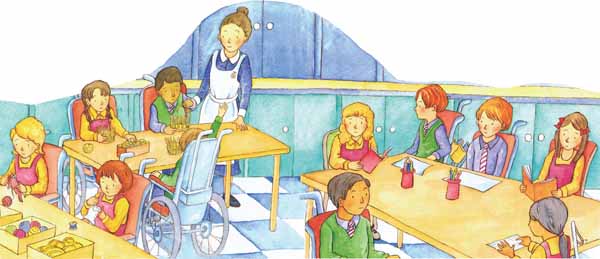
Years ago children with disabilities went to special schools with special teachers. Because of this people started calling them special.
Today many people with disabilities dislike being called special because it makes them sound too different from everyone else.
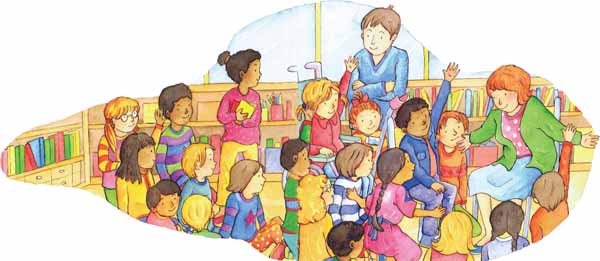
Now many children with disabilities go to ordinary schools. Thats because we know that the world is more interesting when we can all be together and learn from each other.
And even though children with disabilities may sometimes look different on the outside, inside they are just like you.
They feel angry and sad when they are teased and they feel happy and confident when they are accepted.

Some children with disabilities have extra teachers or helpers who work with them at school and at home. Sometimes these helpers are adults and sometimes they are children in the class.

A helpers job is just to help. It can be very upsetting when a helper tries to do everything.

No two people learn things in the same way or at the same speed.

Some children who have a disability take longer to do or learn things, or they do them in a different way.
But sometimes they can do things better and learn things faster than others.
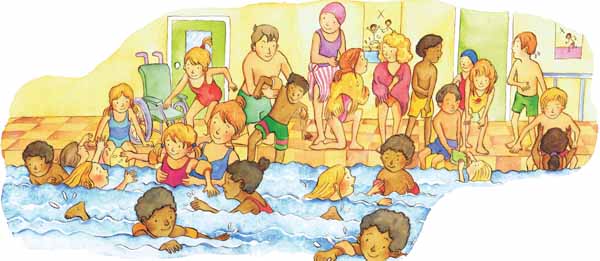
We all need to work and play together.
And with a little extra help, children with disabilities can learn and grow and do the things they want to just like everybody else.
HOW TO USE THIS BOOK
This book is an introduction to the subject of disability for young children. The information a child needs to know, or can absorb, about disability varies from child to child and sometimes depends on the age of the child. In this age group it is important to foster acceptance and tolerance of people who are in some way different. The whys about disability may be more appropriately addressed in detail with older children.
Next page
